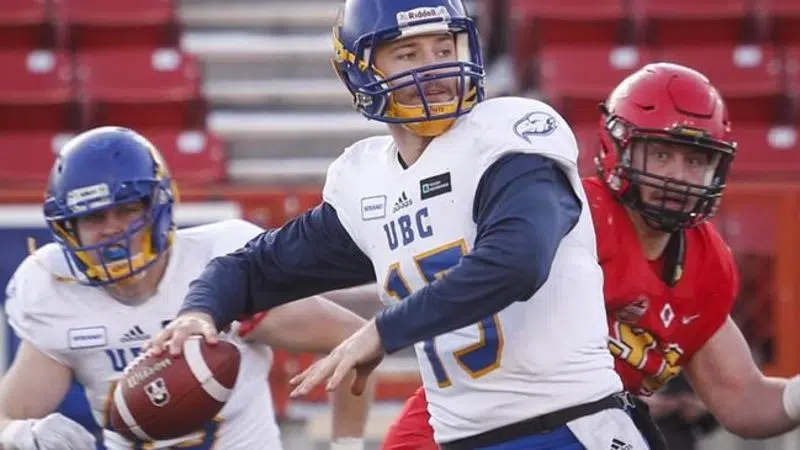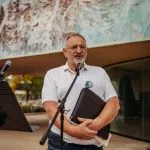
Team interviews with college players at combine important tool for CFL clubs
TORONTO — A stopwatch indicates quickness, while the 225-pound bench press tests strength.
But it’s the chat teams have with players that Toronto Argonauts director of Canadian scouting Vince Magri believes is a club’s best learning tool at the CFL’s annual combine.
Last weekend, 65 players (47 Canadian, 18 European) were poked, prodded, tested and timed at the event. But the process also included select players being grilled by league coaches, general managers and scouts during a 15-minute interview.


